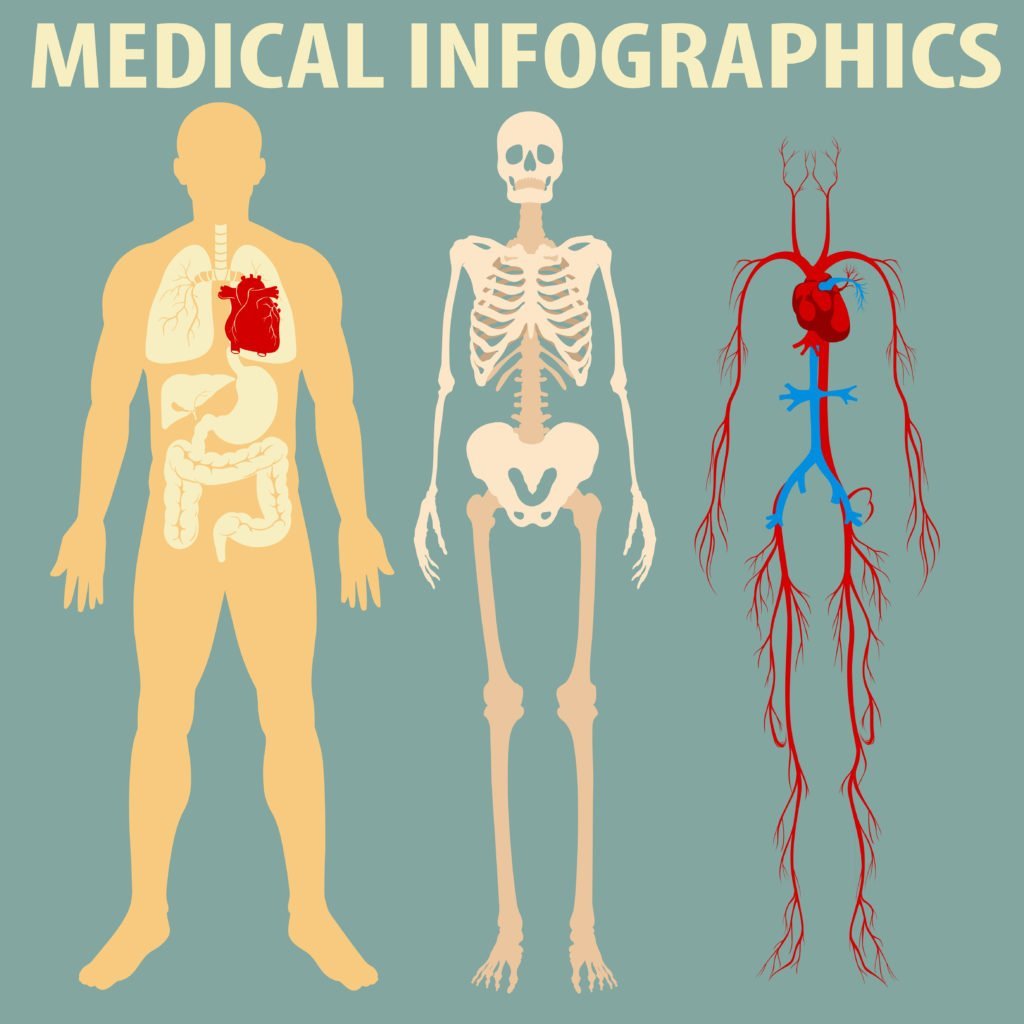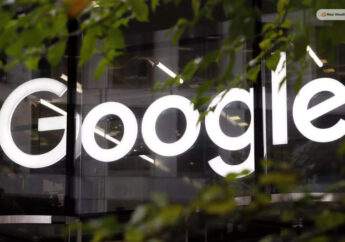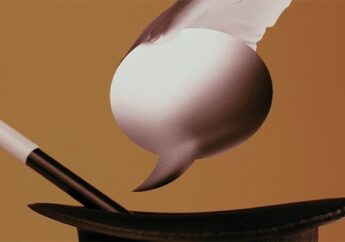Human Heart: The Wonder Organ
by Abdul Aziz Mondal Human Resources Published on: 07 March 2019 Last Updated on: 08 November 2024

The human heart is an incredible organ. It starts thudding right from the inception of life until your last breath. Ever imagined how does it, the human heart beat all the time without fail? That’s what makes studying about the heart all the more interesting.
The Heart is the Engine of the Human Body:

How to Care for your Heart?
How do we ensure that this magnificent organ is always in good shape? The human heart is a vital organ; hence in order to survive, it is of utmost importance to prioritize its health. So, keeping your body in good form by eating healthy, well-balanced meals and maintaining an active lifestyle is key to a healthy heart.
Parts of the Human Heart:
The human heart is four-chambered and is part of the cardiovascular system of our body. It is a muscular organ and is made up of three layers. These three layers of the heart namely: Pericardium, Myocardium, and Endocardium. There are two chambers on the left side and two chambers on the right. The two upper chambers are called atria, and the ventricles are the two lower chambers. The septum, a muscular wall separates the right and left portion of the human heart septum. The human heart has four valves, namely:
● Tricuspid Valve.
● Pulmonary Valve.
● Mitral Valve.
● Aortic valve.
Those heart valves play a crucial role as they prevent the mixing up of the oxygenated and deoxygenated blood in the chambers, which could otherwise lead to adverse consequences. Although the heart is separated by the right and left regions, they work together as a unit.
The left side of the heart pumps oxygen-rich blood while the right side receives deoxygenated blood from all the tissues of the body, ready to get refilled with oxygen from the lungs. This cycle continues as a result of contraction and relaxation of the heart resulting in a heartbeat. And the heart rate is the pulsation or beats per second.
RBCs, WBCs, and Platelets:
The heart pumps blood into each cell throughout our body. Cells are the structural and functional units of living entities. These building blocks carry out different functionalities in our bodies. For example, there are different cells carrying out digestion, nerve cells or neurons form the basis of our nervous system, blood cells such as RBCs, WBCs, and platelets. And all these cells vary greatly in their size and shapes but are grouped based on similarity to carry out a function. The basic cell structure consists of the cell membrane, nucleus, and cell organelles. However, cell structure differs in plants and animals.
Now I will answer some common frequently asked questions related to the human heart.
1. How much does a human heart weigh?
As we all know men and women have different physical structures. So, a human heart of men and women has different weights. While a man’s heart weighs around 10 ounces, the heart of the woman’s body has a weight of around 8 ounces.
2. How many times does a human heart beat during a lifetime?
A healthy person’s heart beats around 100,000 times in a day and around 35 million times in a year. And the human heart generally beats more than 2.5 billion times during an average lifetime.
You also can feel your pulse by placing your fingers at the pulse points on your wrists or neck. The pulse rate of a kid may range from 90 to 120 bpm or beats per minute. But for an adult, the pulse rate slows down to an average of 72 bpm or beats per minute.
3. Where is the heart located?
Most of us think that our heart is located on the left side of our chest. But in actual our heart is on the center of our chest just slightly shifted to the left side. Technically, the two-third of our heart is on the left side of the chest and the rest one-third is on the right side.
So, we definitely can say that our heart is located at the center. If we become a little more specific our heart is on the mediastinum, which is the membranous space between our two lungs. The thorax is the body between our abdomen and neck and the mediastinum is the center area of the thorax. So, it is now clear that the human heart is at the center of our body.
The left side of the heart does most of the work, that is the reason why we think that the heart is located on the left side of our chest.
4. Why is the human heart called a double loop?
There are three key components in the human circulatory key components. Those components are
- Blood.
- Blood Vessels.
- Heart.
Blood passes through the heart twice per circuit and this is the reason why the human heart is called a double loop. When the right pump of the heart sends deoxygenated blood to the lungs. After that in the lungs, oxygenate the deoxygenated blood it returns back to the heart.
On the other hand, the left pump sends the newly oxygenated blood around the whole body. So, it becomes deoxygenated and returns back to the heart. For your better understanding, I am mentioning the path below.
1. Blood enters the human heart.
2. Blood pumped to the lungs.
3. Lungs oxygenate the blood.
4. Blood comes back to the human heart.
5. Heart pumped the blood to the body.
6. Blood passes around the body.
7. Blood gets deoxygenated.
8. Blood returns to the human heart.
You also can check the human heart drawing for a better understanding.
Understanding the Human Heart:
The human heart and cells form the foundation for the origination of life. And for understanding the cell functioning and how the heart supplies blood to each cell of the body, a visual understanding is always preferred. Register at Byju’s YouTube channel to explore visually.
Read Also:



































































































